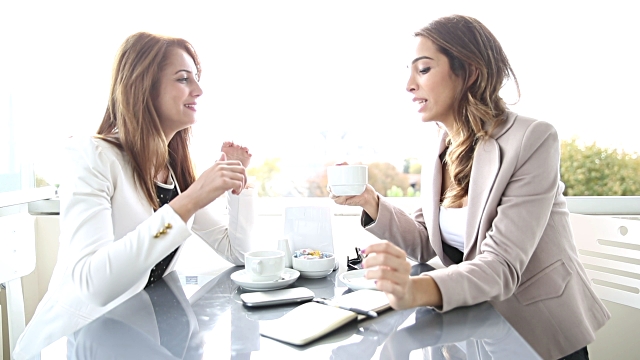 This blog post originally appeared on npENGAGE on September 23, 2013
Does the thought of making a six figure ask make your palms sweat? Take heart fellow fundraiser, practice makes perfect. Or, to put it another way, confidence breeds competence.
This blog post originally appeared on npENGAGE on September 23, 2013
Does the thought of making a six figure ask make your palms sweat? Take heart fellow fundraiser, practice makes perfect. Or, to put it another way, confidence breeds competence.
Asking is part art and part science. A face-to-face solicitation comes at the culmination of you gradually deepening your relationship with your donor to understand his or her passions and interests. Armed with the knowledge of what they truly care about and a program that fulfills their interests, you are ready for the ask!
One of the most challenging things in an ask is managing your own composure and delivery while simultaneously listening for verbal and nonverbal cues from your donor. That is a lot happening at once! Jerry Panas recommends your visit should be 25% talking and 75% listening. I recommend having your script down pat so you can focus your attention on your donor.
The best way to practice an ask is to videotape yourself performing a mock ask. Only 7% of communication is verbal – a whopping 55% is your body language and eye contact! Strong and effective body language can help establish an immediate rapport with your audience and signal confidence in your message. We know our donors want to feel special. Making and sustaining eye contact with them makes them feel as though you are speaking directly to them and that they are the most important person in the room during your conversation. Break eye contact with them and you’ve instantly broken that connection. Avoid eye contact and you give the impression of being untrustworthy.
Body language can betray you. You may be slouching because you’re tired, but people can read it as a sign you’re not interested. The great news is you can use your body language to intentionally project confidence. Yes, you truly can “fake it until you make it” and Amy Cuddy’s Ted talk will show you how.
Practice truly makes perfect. While you are practicing, try these 10 tips: 1.Smile early and often. This helps you exude positive energy and confidence. 2.Quiet your mind to become more present, sensitive and in the moment. Try to become as conscious of the world around you as you are of yourself. 3.Stand or sit tall. Having bad posture will make you look like you lack confidence. 4.Sit towards the front of your chair and lean in for the ask. 5.Be physically accessible. Don’t cross your arms. That tells people you are unapproachable. 6.Mind your voice inflections, speed of your speech, volume and tone. If your voice inflects to a higher pitch at the end of your sentences like you are asking a question you will not sound confident or credible. 7.Freely express your gratitude. Thank you donor for taking your visit, for their prior giving and for responding to your ask when you make your ask, even if they say no! 8.Be curious. What books are in your donor’s bookshelf? Pretend you are a cultural archaeologist. Everything in your donor’s space reveals something about them. 9.Make intentional small talk expressing an authentic interest in your donor. Chat with them about their kids, vacations, or work projects. Learning these details about their likes, lifestyle and hobbies help you deepen your relationship. 10.Give sincere compliments.
Good luck!



